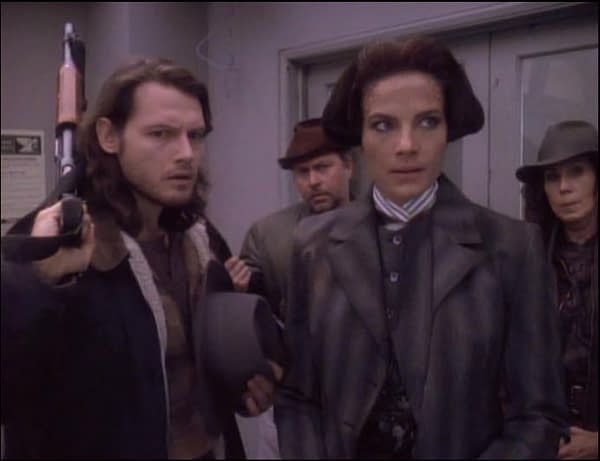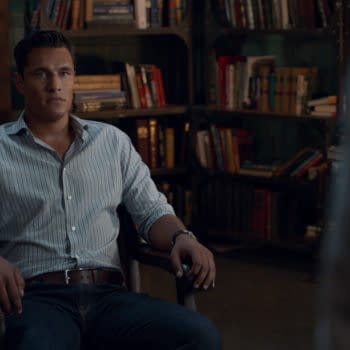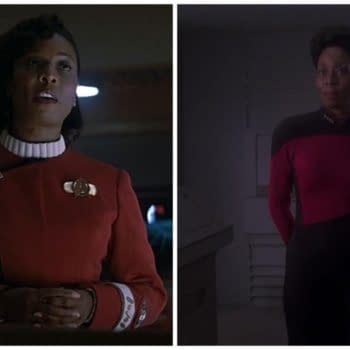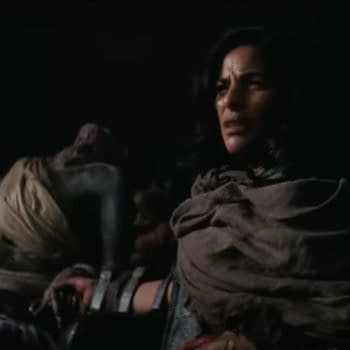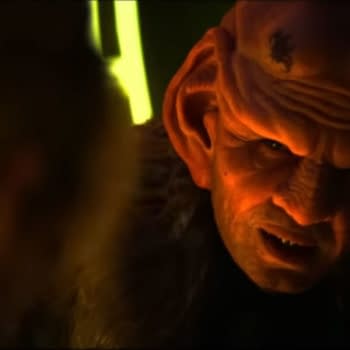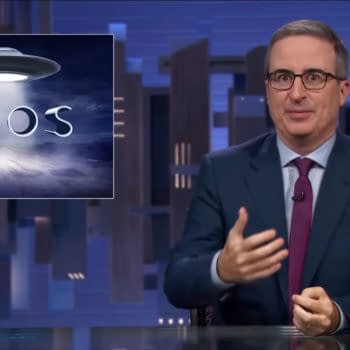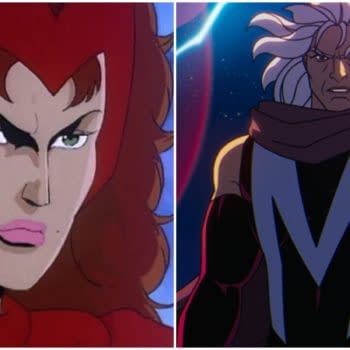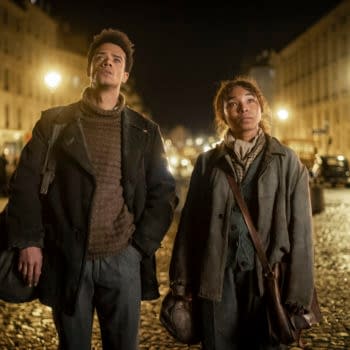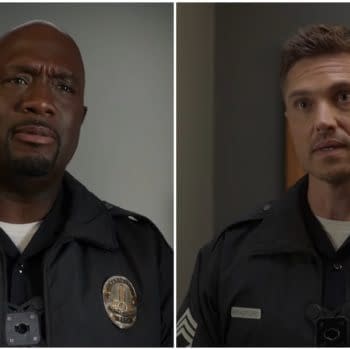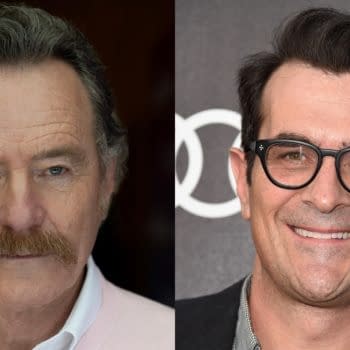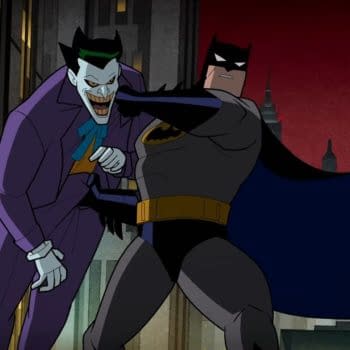Posted in: Star Trek, TV | Tagged: Avery Brooks, Denise Okuda, Michael Okuda, paramount, star trek: deep space nine
Star Trek: DS9 "Past Tense" Harbinger of Growing Homelessness Apathy
BBC reexamines the impact of the 2024-set Star Trek: Deep Space Nine Season 3 two-parter "Past Tense, which addressed homelessness apathy.
Article Summary
- Exploring Star Trek: DS9's "Past Tense" take on homelessness and future social issues.
- BBC revisits how the episode mirrors US government homelessness policies.
- Sanctuary Districts from DS9 eerily resemble today's escalating homeless crisis.
- Star Trek continues guiding societal change towards an egalitarian future.
Ever since Star Trek premiered in 1966 on NBC, creator Gene Roddenberry has been trying to get humanity to aim higher, figuratively and literally, seeing the future in the stars. Through 10 series and 13 films with more coming, the science fiction franchise has been trying to show audiences a potential egalitarian future rather than a profit-driven one. As much as the franchise has been driven by landmarks, we are coming closer to the Bell Riots of 2024, where humanity is forced to confront the social problems that create homelessness. The BBC revisited the season three two-part Deep Space Nine episode "Past Tense," originally airing in January 1995, which finds the 24th century Sisko (Avery Brooks) and company in a transporter accident that finds them trapped in 21st century Earth in San Francisco at a Sanctuary District.
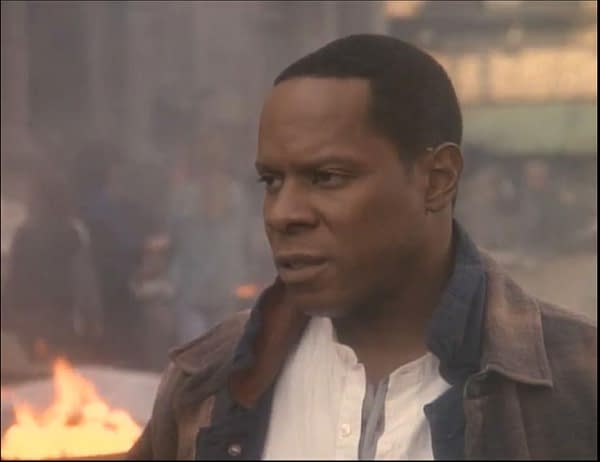
How "Past Tense" Became Star Trek Commentary on Apathy Towards Homelessness
When the crew finds themselves in a skirmish, they discover one of the victims killed was Gabriel Bell (John L. Bennett), the historical figure who helps bring about change, and Sisko has to take on his identity to make sure the timeline is preserved. "The Bell Riots," Sisko explains, "will change public opinion about the Sanctuaries. They'll be torn down, and the United States will finally begin correcting the social problems it has struggled with for over a hundred years." Stephen Pimpare, senior fellow at the Carsey School of Public Policy, explained how this concept mirrors the US government's attitude towards homelessness in the 1990s. "The Sanctuary Districts are a means simply to remove homeless people from public view," he tells BBC Culture. "We see this in contemporary examples from when the episodes were written. For instance, in San Francisco, when Art Agnos was mayor, there was a group of homeless people who set up an unsanctioned camp outside City Hall. It was referred to as Camp Agnos. He brought in the police, and he razed it."
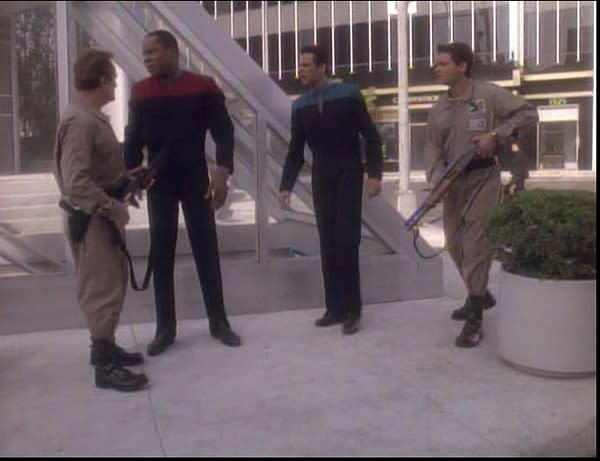
"On the eve of 2024, those Sanctuary Districts look like they could easily be this evening's headlines," said Michael Okuda, who served as an art supervisor on the episodes. "Clearly, we have failed to address the conditions contributing to homelessness in American cities," his spouse Denise Okuda, who also worked in DS9's art department, said. "The number of homeless people has exploded since 'Past Tense' aired." For more, including how current policies are getting closer to DS9's Sanctuary Districts, Pimpare and Okudas' commentary on the increasing moral price of apathy on homelessness, and how the Star Trek franchise serves as a guide on how to change those attitudes, you can check out the feature here.
